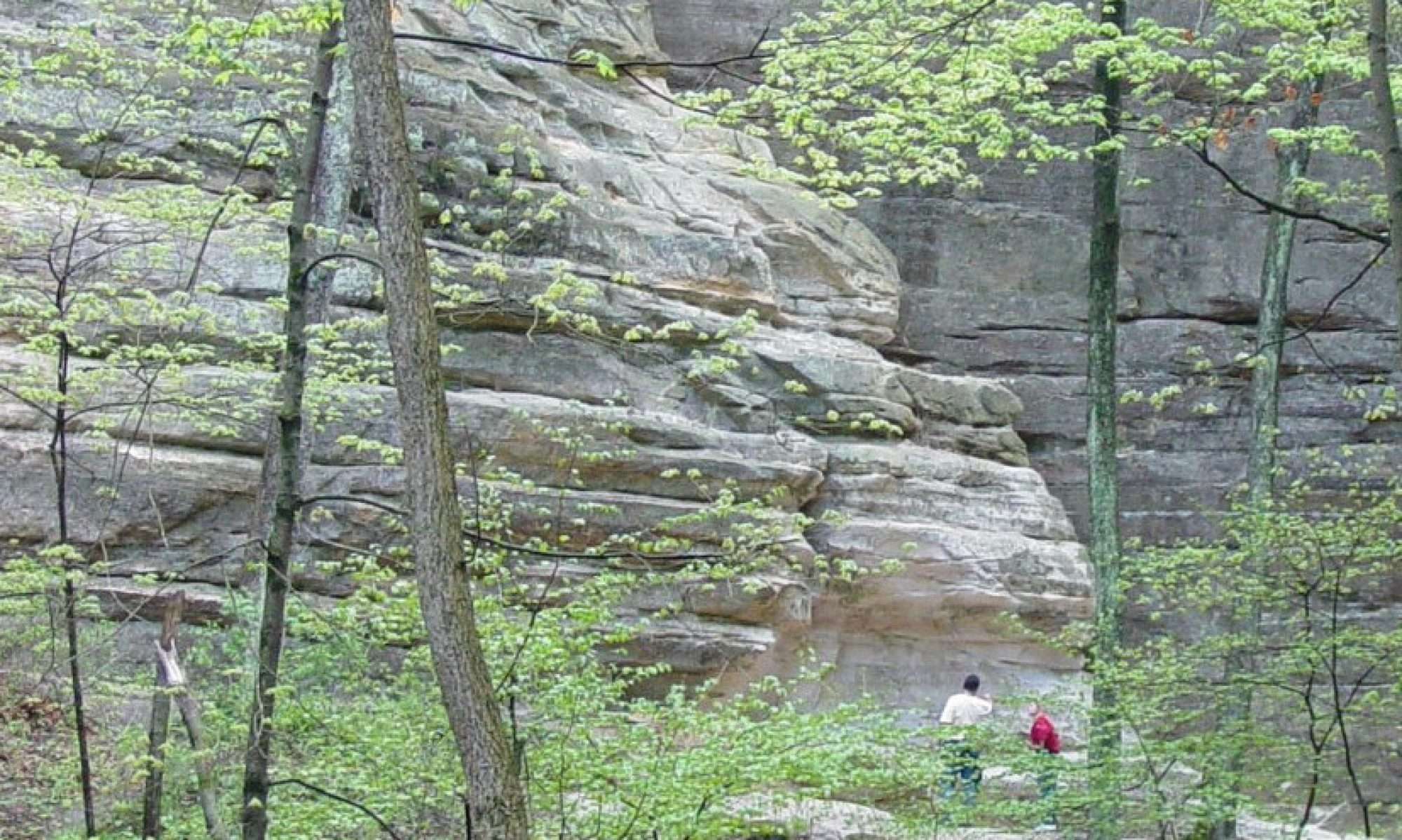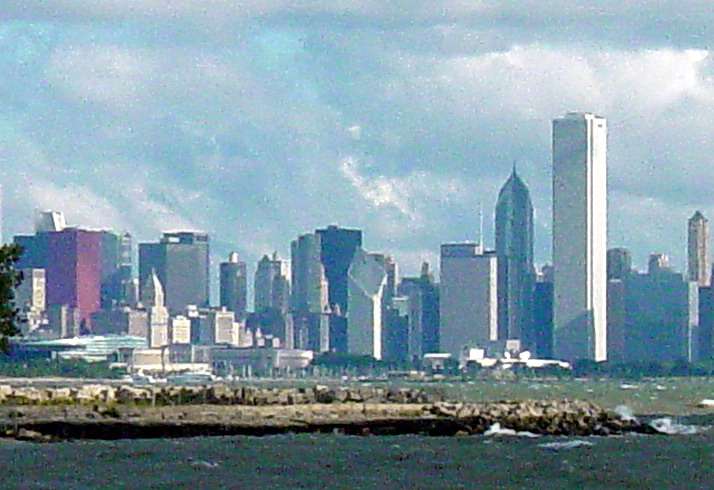After spending many hours driving through the suburban and industrial expanses of my native Lake County, Illinois — many of which are looking decidedly shabbier, more threadbare, and more deserted than they were two decades ago — I unwind whenever possible by hiking in the magnificent nature preserve of Illinois Beach State Park.
Just this morning, on the bank of its Kellogg Creek canal, I had frank and meaningful discussions with a pair of kingbirds in a surviving American elm, with a typically indignant and chattery kingfisher, and a catbird mewing somewhere nearby in the grapevine-clad shrubs. Then in the marsh and wet prairie I exulted in the late-summer splendor of the DYCs — the goldenrods and seven-foot native sunflowers that struggling botany students call the Damned Yellow Composites on account of their shameless hybridization and blurring of identification traits. Ah, those bold and golden yellows, punctuated here and there by the regal blues and purples of the New England asters and blazingstars. Ah, nature.
On the drive home afterward I passed rows of half-abandoned strip malls and an ex-Kmart whose deserted parking lot is now a tarmac for hundreds of herring gulls. Suddenly a decades-old realization popped back into my consciousness: what I was seeing there, in all the despirited jumble of our decaying consumer culture, was every bit as much a production of nature and its forces as the harmonious and colorful prairie ecosystem I’d just left.
Nemo contra Deum nisi Deus ipse is a Latin maxim used by the great German poet Goethe in his autobiography: There can be no one against God, unless it is God Himself. I mutate that very pregnant thought into Nemo contra Naturam nisi Natura ipse: There can be no one against Nature unless it is Nature itself. Everything this planet and its cosmos have suffered to be born is a part of nature, and every human work is, ultimately, natural. And for that reason all history is natural history. When a prominent environmentalist writes a book entitled The End of Nature, he lacks the cold and steely eye of the geologist who knows that humankind is just the latest great disturbing force, very much within nature, driving yet another mass extinction. This is certainly not to say that the environmentalist is wrong to scream bloody murder at the rapid global warming we’re so stupidly causing. But the better title, harrowing enough, would have been The End of Civilization and Various Other Ecosystems. The Earth abideth forever. Well, almost forever, until that part of nature we call the Sun becomes a red giant billions of years hence.
If we dare to recognize that civilization is as much an efflorescence of nature as a prairie is, it doesn’t mean we have to spend as much time birdwatching at the local Auto Zone outlet as we do in much more aesthetically pleasing spots. There is, as Thoreau and a host of others have noted, tremendous spiritual recharging to be had when one devotes oneself to nonhuman nature in wild places. But neither should we be unaware or disdainful of some magnificent windows that nature has opened for us in urban and suburban settings. In botany, one of the most fascinating things one can do is to study the ecology of weed species on waste ground — with its fascinating examples of survival in harsh surroundings and amazing evolutionary adaptations. From the standpoint of the native-habitat restorationist these often-alien plants may be politically incorrect in the extreme. But even they can teach the willing mind many wonders.
Still, the educator in me has the most fun showing tour participants how much nonhuman Earth history — sometimes stretching back three and a half billion years — there is to be found and celebrated in any built environment — from the collar-county suburbs and Fox Valley towns to the heart of the Loop. This investigation into the ancient natural origins of our brick, terra cotta, and building stone is the domain of my most fervent intellectual love these days, architectural geology. I’ve just finished a scholarly article on it (publication date as yet unknown). This theme will also be, I hope, the subject of my next book. To get a sense of the proposed book’s subject matter, keep an eye on the photo gallery I’ll be putting up on this site soon and adding to frequently.

